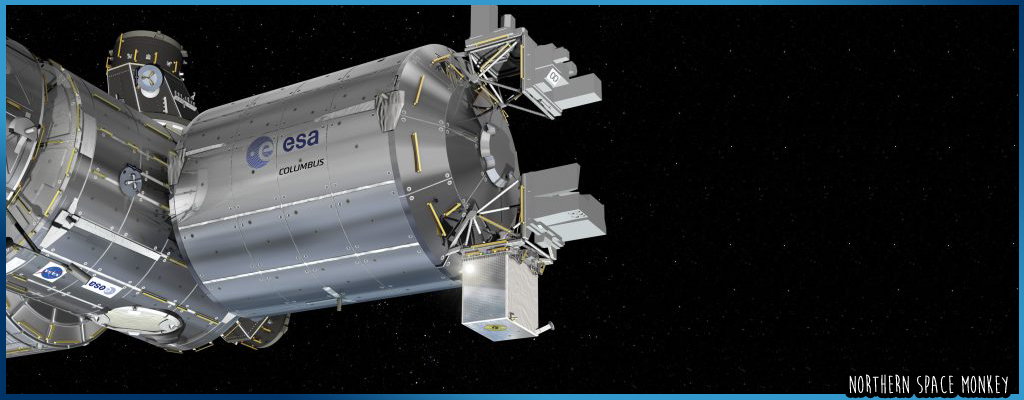


ACES (Atomic Clock Ensemble in Space) has been successfully installed on the International Space Station. The European Space Agency's state-of-the-art time keeping facility was lifted into orbit on the 21st April aboard SpaceX's Falcon 9. On Saturday 25th April, the ISS Canadian Arm installed the payload onto the Earth-facing side of ESA's Columbus laboratory pod.
Developed by ESA in collaboration with European industry led by Airbus, ACES carries the most accurate atomic timepiece ever launched into space, PHARAO (a cesium-based fountain clock developed by French space agency, CNES); and the Space Hydrogen Maser, built by Safran Timing Technologies in Switzerland.
The onboard clocks will work in tandem with a cutting-edge microwave and laser link system, to deliver time from orbit achieving a precision of one part in 1017, or about 10 quintillionths of a second, within just a few days of connecting to multiple ground station clocks. This is between one and two orders of magnitude better than today's systems using navigation satellites such as GPS.
The mission will explore the nature of time, test general relativity, and help pave the way for a redefinition of the second based on next-generation optical clocks
Simon Weinberg, ACES project scientist at ESA said:
"
I'm so excited and proud that our incredibly complex and hugely important project is now in space after many years of hard work.
This is a major achievement for ESA and the science community, and I look forward to seeing the results of the hard work done by Airbus,
Timetech, CNES, Safran Time Technologies and ESA, together with partners all over Europe. This is ESA's 'jewel in the crown' on the International
Space Station
"
Keywords: Space ISS ACES Atomic Clock Columbus Falcon9